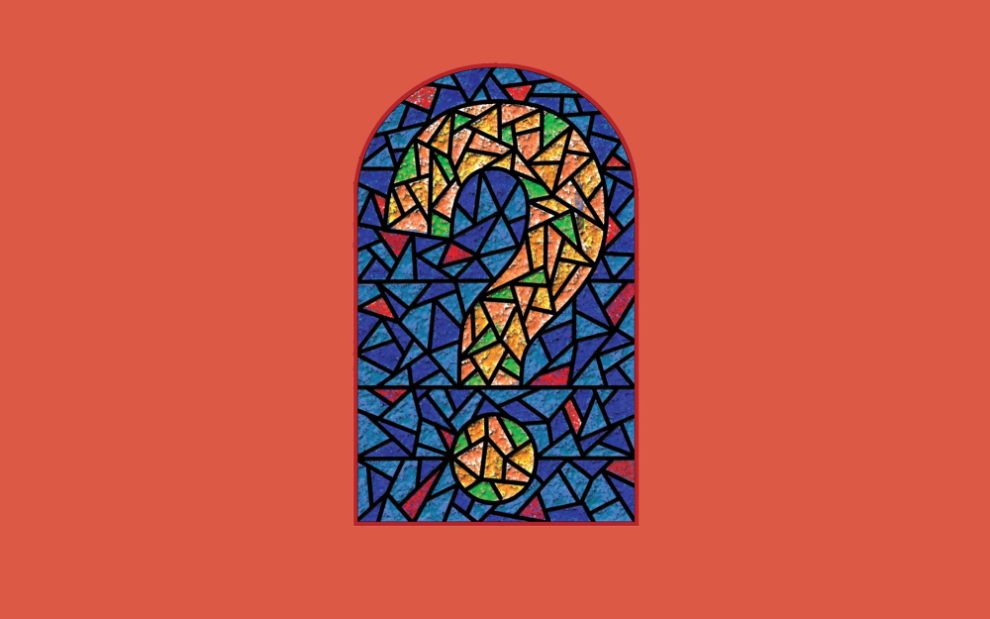Listen on: Spotify | Apple Podcasts
Every year at Halloween in the United States, amidst the usual vampires, witches, wizards, and superheroes, you may see a few costumes inspired by the Mexican tradition of Día de los Muertos, or Day of the Dead.
If you aren’t familiar with this tradition, you might wonder about the significance of the floral crowns and beautifully painted skulls. Although the movie Coco recently brought Día de los Muertos into the public eye, Americans who are not of Mexican descent may still be confused about the celebration. Is this just how they do Halloween in Mexico? Or is Día de los Muertos the same as All Souls’ Day?
On this episode of Glad You Asked, scholar and educator Mathew Sandoval talks about the origin of this colorful and evocative tradition. Sandoval is a cultural historian and performance studies scholar whose research focuses on Día de los Muertos in history and popular culture. He is an associate teaching professor at Barrett the Honors College in Downtown Phoenix, where he teaches interdisciplinary seminars on art, culture, race, history, and activism. He also has a professional career as a performing artist, storyteller, poet, and filmmaker.
You can learn more about this topic, and read some of Sandoval’s writing, in these links:
- “What is Día de los Muertos? An expert explains the holiday celebrating loved ones who have died,” by Mathew Sandoval
- “Is Día de los Muertos the same as All Souls Day?” By Joel Schorn
- “How ‘La Catrina’ became the iconic symbol of Day of the Dead,” by Mathew Sandoval
- “8 prayer practices to honor the dead on All Saints and All Souls Days,” by the U.S. Catholic editors
Glad You Asked is sponsored by the Claretian Missionaries USA, an order of Catholic priests and brothers who live and work with the most vulnerable among us. To learn more, visit claretians.org.











Add comment